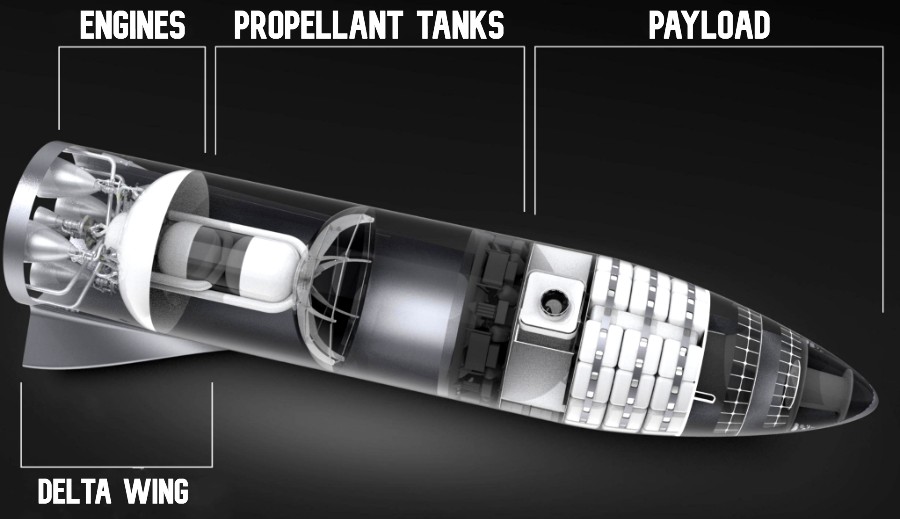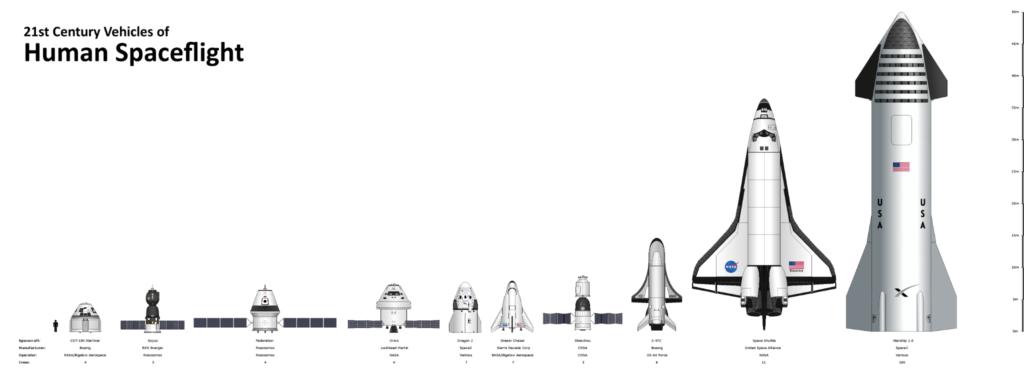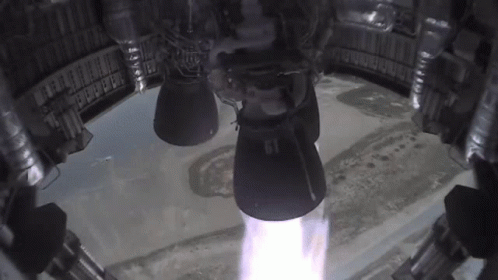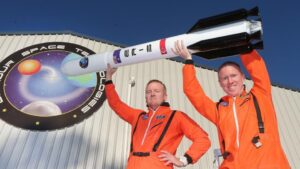SpaceX Starship SN15 Launch: One Step Closer to Mars
29th Jun 2022
Spaceflights have become commonplace in the 21st century. Humanity has already settled into near-Earth orbit and now wants more — to colonize Moon and Mars. However, this requires a more advanced rocket than those currently available. It needs to surpass even the legendary Saturn V from the Apollo program. Such a rocket is already under construction. That rocket is the SpaceX Starship series.
We recently wrote about the SpaceX SN11 launch, which could revolutionize space flight. We promised to keep you posted on the launch timeline of this spacecraft. So today, we will look at the Starship SN 15 launch, which took place last year in 2021 and brought humanity one step closer to other planets.
A dream come true
Everything Elon Musk undertakes seems to become a reality. But even 10 years ago, few people believed that the Space X Falcon 9 rocket would become the most popular vehicle in the launch market, Tesla — the best electric car, and the Starlink network would be able to provide high-speed Internet coverage to the most remote corners of the Earth. Considering his track record, though, Elon’s long-standing dream — the colonization of Mars and other planets — looks quite real now.
It is for this purpose that Space X is building a new unique space system. It consists of a 70-meter Super Heavy rocket, which acts as a booster, and a 50-meter Starship cargo and passenger ship. This reusable ship will be able to repeatedly carry over 100 tons of cargo and 100 passengers, as well as perform long missions with refuelling in orbit or on other planets and suborbital cargo delivery missions on Earth.
Below you can see the SpaceX Starship SN 15 design and specifications.

| Name | Starship Prototype |
| Height | 50 m |
| Diameter | 9 m |
| Dry Mass | 100 tons |
| Body material | stamped stainless steel |
| Fuel | LOX/methane |
| Fuel volume | 1200 tons |
| Engines | Raptor SN54, SN61, SN66 |
| Payload volume | 35000 cubic fts (more than ISS) |
| Heat shield | Hexagonal black plates withstanding a temperature of 1400° C |
Starship SN 15 specifications
SN15 size comparison to other spacecraft
Here, SN15 is compared to the rest of the 21st century’s spacecraft, including the one-of-a-kind Space Shuttle.

Source
.
It’s huge, but at the same time, Starship should be unprecedentedly cheap. If one SpaceShattle mission cost over $200 million by today’s standards, the new Space X spacecraft flight will cost from $2 million, according to preliminary calculations.
This factor, among other things, was decisive when NASA chose Starship to participate in the new Artemis lunar program, which should be implemented in the current decade. That is why SpaceX is actively working on its brainchild.
What does ‘SN15’ stand for?
The letters SN stand for Serial Number of Prototype. That is, SN15 is the 15th prototype created for a separate testing phase. Since the main advantage of Starship is its reusability, the most difficult thing for SpaceX was to achieve a crash-free landing. SN8 and SN9 crashed because the engines malfunctioned on landing, SN10 landed too hard (which caused it to explode a few minutes later), and SN11 was torn to shreds while still in the air. SpaceX cancelled SN12, 13, and 14 tests altogether, as it considered these prototypes obsolete compared to the Starship SN15 upgrades.
The prototype received improved casing, avionics, and software, a new design and configuration of the Raptor engines to make them more powerful and efficient, and an updated aft skirt fuel architecture. So, what happened to SN15?
SN15 launch preparations
- 8th April 2021, the rocket was placed on the launch pad at the Space X Starbase in Boca Chica, Texas.
- 12th, 13th April, the ship passed a leak test and cryotests, after which three modified Raptor SN54, SN61, SN66 engines were installed.
- 26th April, a Starship SN15 static fire test was conducted, but the next day it had to be repeated to check the pressure tanks.
- 29th April, the FAA finally completed a review of the adjustments that SpaceX had to make after the SN11 disaster and issued a license for the SN 15, 16, 17 launches. At the same time, Space X received permission from the Federal Communications Commission to use the Starlink satellite terminal, since its antenna was installed on the rocket.
Starship SN15 launch date and time
On May 5 at 22:24 UTC, Starship SN 15 successfully lifted off from launch pad A, and by 22:28 it had climbed to a height of 10 km, made a flip to a horizontal position at apogee, and began to descend to 500 m in the direction of the landing site. The four flaps were actuated by the onboard computer to control the position of the Starship during flight and ensure a precise landing at the intended location. After going upright, the SN 15 successfully landed on its landing legs at the edge of the landing area. The entire flight lasted 6 minutes and 8 seconds.
What happened to SN15 after landing?
Almost immediately, like SN10, a flame broke out at the base of SN 15 from methane vapors escaping from the engine compartment, but it was put down by a regular fire extinguishing system within a few minutes. SpaceX recognized the SN15 flight test as completed and congratulated the team on its success. Elon Musk on Twitter succinctly commented on the event: “Starship landing nominal!”
SpaceX 15 live video
This is the epic moment of SN 15 landing.

What is next after SN15?
Will SN15 fly again? No. It was sent to the stand and replaced by the SN 20 in September 2021, which went through a large series of tests and was retired in favour of SN24 in April 2022 due to the outdated Raptor 1 engines, which produce less thrust compared to the new Raptor 2. SN24 has been assembled and is on site awaiting engine installation and final thermal protection work. This is the first prototype with a hatch for deploying a payload — in this case, Starlink satellites.






Thank you for your comment! It will be visible on the site after moderation.